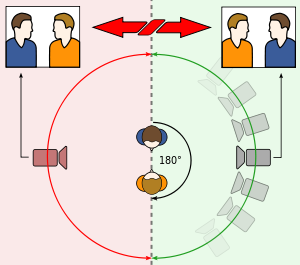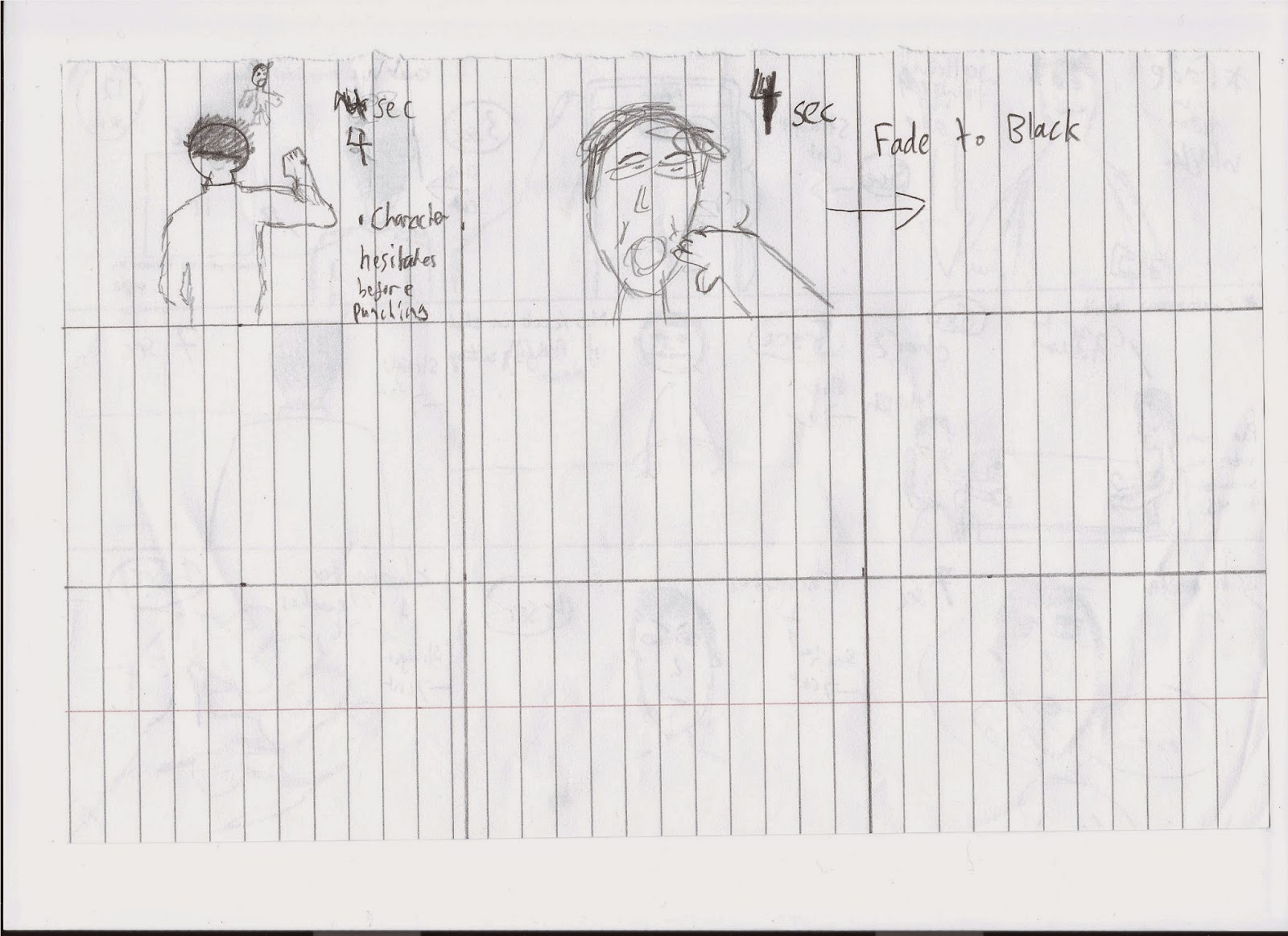These are our preliminary credits for our thriller opening. These are subject to change depending on whether we think the person is carrying out their role well enough, but we don't think will be a problem.
- Director- Benoit Ganesan.
- Story by- Aayush Joshi
- Screenplay- Benoit Ganesan and Jamie Gerrish
- Production Manager- Ashley Banger
- Edited by- Benoit Ganesan, Ashley Banger and Jamie Gerrish
- Starring- Aayush Joshi
- Costume Designer- Aayush Joshi and Ashley Banger
- Director of Photography- Jamie Gerrish
Benoit Ganesan is the director because he has a passion for filmmaking and he has more past experience on directing films. He has directed some short films in the past, which is why we thought he should direct the project out of the 3 of us. He also regularly uses Adobe Premiere so he knows how to edit and compose our opening with all the technical detail, regarding to conventions of the thriller genre such as darker colour correction, fast paced cuts, suspenseful music etc.
Aayush Joshi is the main character who plays the antagonist. He loves to act and wants to pursue an acting career. He is playing this character as he can portray him truthfully and suits the stereotype of this character. Aayush also created the story of our opening sequence. He created it utilising the feedback he got from the survey he made. People said they wanted to see characters who reflect society, therefore terrorism is the subject we chose. This will make the audience feel insecure about how they could be oblivious to the truth concerning our society and morals. Aayush and Ashley will be designing the costumes because they understand which clothes would suit this character, based on real experiences and culture.
Jamie Gerrish wrote the screenplay along with Benoit for the opening because he understands how to portray this story on the screen. He has included all of our required themes and ideas into the film which we think work well. He also has a good understanding of editing in Premiere which is why he is editing alongside Benoit and Ashley. Furthermore, he is the director of photography because he can portray our story using the camera and will help out the director Benoit.
Lastly, Ashley is co-editing because he has past experience with software similar to Premiere, this being Adobe After Effects. He has also been assigned as the production manager because he wants to make sure everything that needs to be done for the project is being done, such as all the right filming, the right editing, and the right portrayal of characters.
Overall, us four have previously worked together using these roles so we feel confident to move forward and get the project done to the best of our ability.





